It was a menacingly hot day: easily over 35C. We were in shorts and t-shirts and felt uncomfortable in the heat. Those people who brought umbrellas had a bit of a break from the sun; there’s not a lot in the way of shade on Whistler’s main strip.
Yet, in and around the shops there were people covered from head to toe in body armour: heavy, hot, non-breathable, body armour. And, the shops were more than happy to promote and display this protective gear. Why? It’s for biking and the only way to survive some of Whistler’s 50 intense bike runs unscathed is to wear gear.
In the summer, Whistler is known as North America’s best bike park. In the winter it is one of North America’s top ski destinations. However, before both of these, there was fishing. Rainbow Lodge and its legendary trout were very popular in the 1920s and 1930s and attracted people from around the world; it was rugged, natural, and distinctly Canadian.
It wasn’t until the 1960s that businessmen looked to Whistler Mountain (then officially known as London Mountain) as a lucrative Rocky Mountain ski destination. Realizing that London Mountain wasn’t a tourist drawing name, they gave the mountain the commonly known moniker of “Whister Mountain” (which comes from the local whistling hoary marmot) and in 1966, opened the ski park to the world. Bikes came decades later.
During our visit we didn’t experience any of the cycling activities — but rather meandered around the main strip and boneyard (where the injured cyclists sit around and stare longingly up at the trails), We ate chocolate (Rocky Mountain Chocolatier), enjoyed a meal at the Spaghetti Factory, had coffee at the Hot Buns Cafe, and checked out gem and clothing stores.
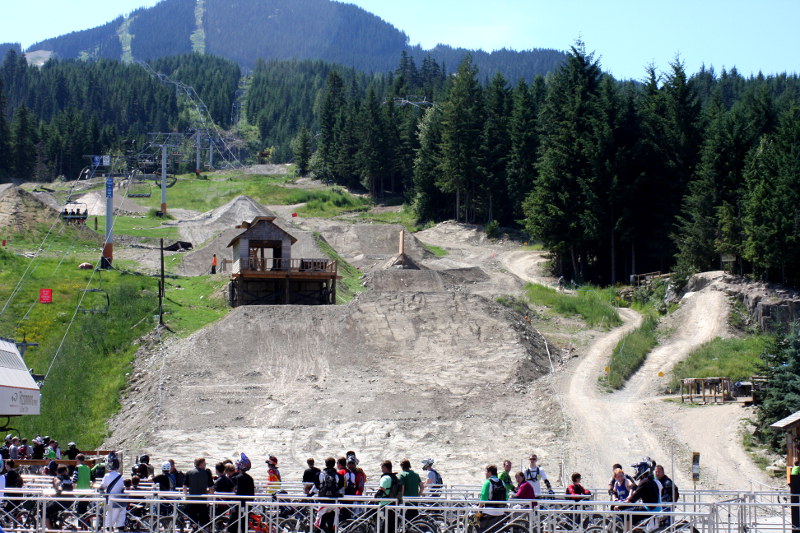
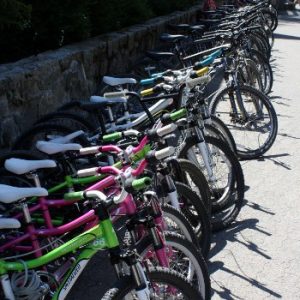
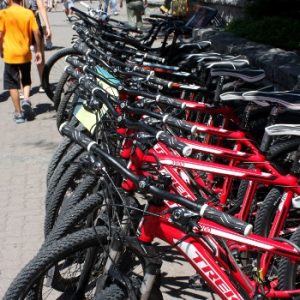
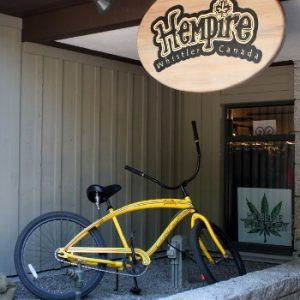
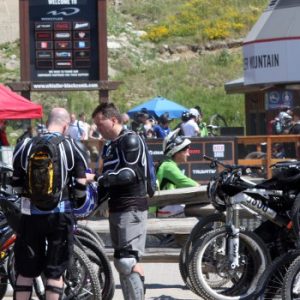
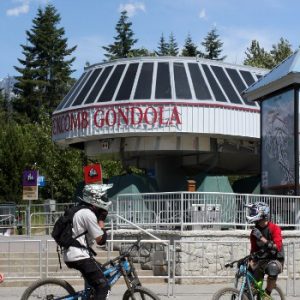
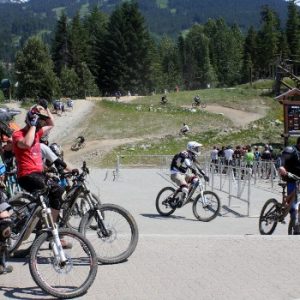
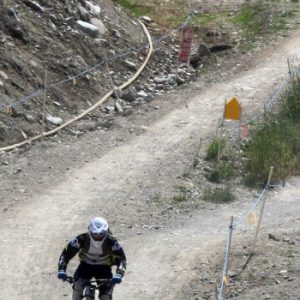
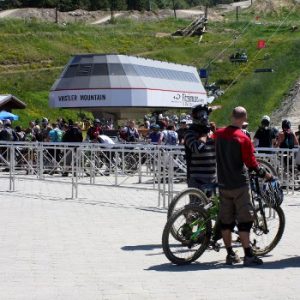
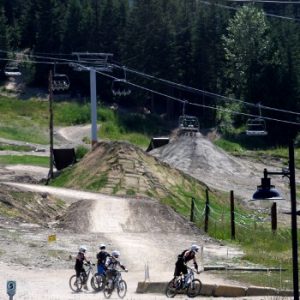
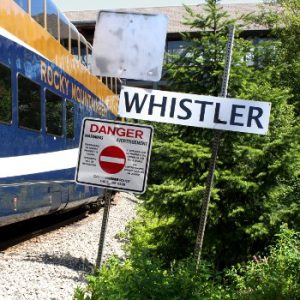
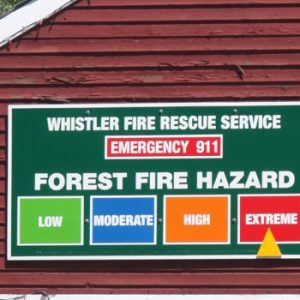
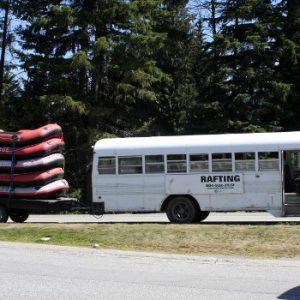
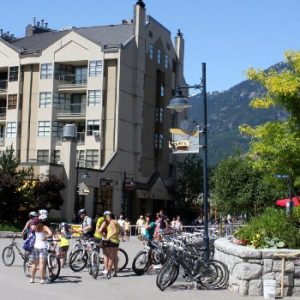
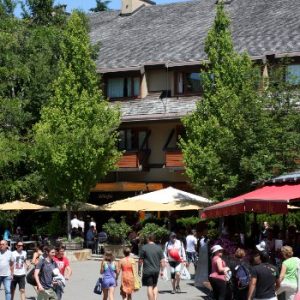
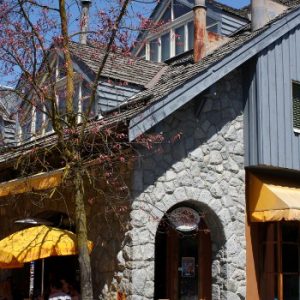
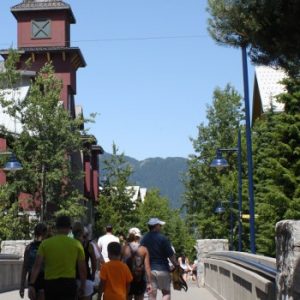
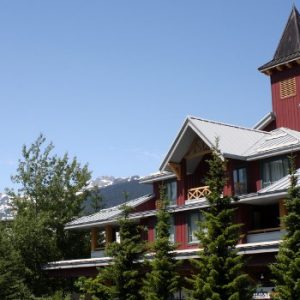
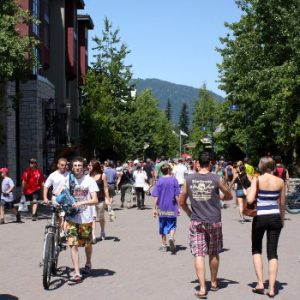
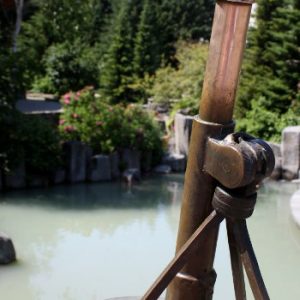
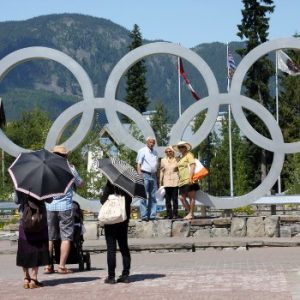
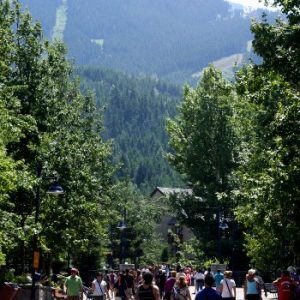
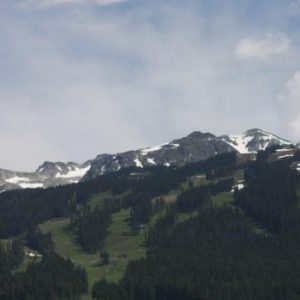

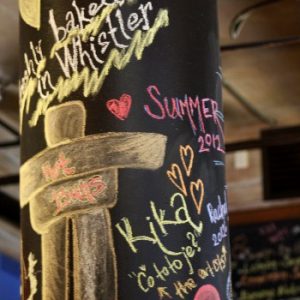
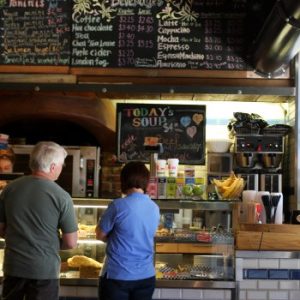
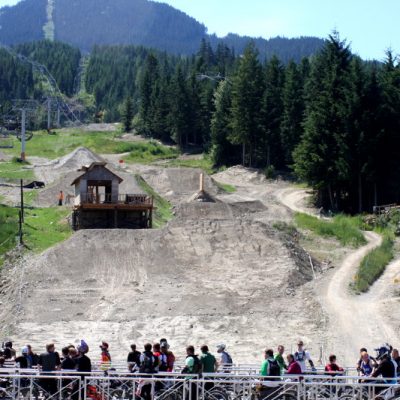
0 comments on “Whistler, British Columbia”Add yours →